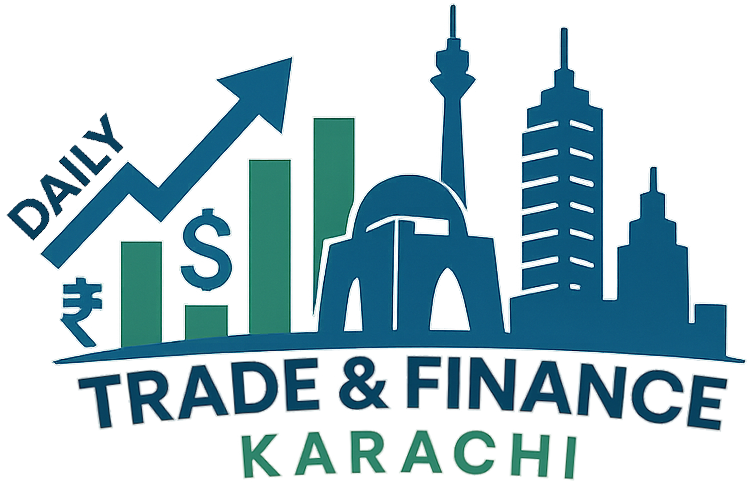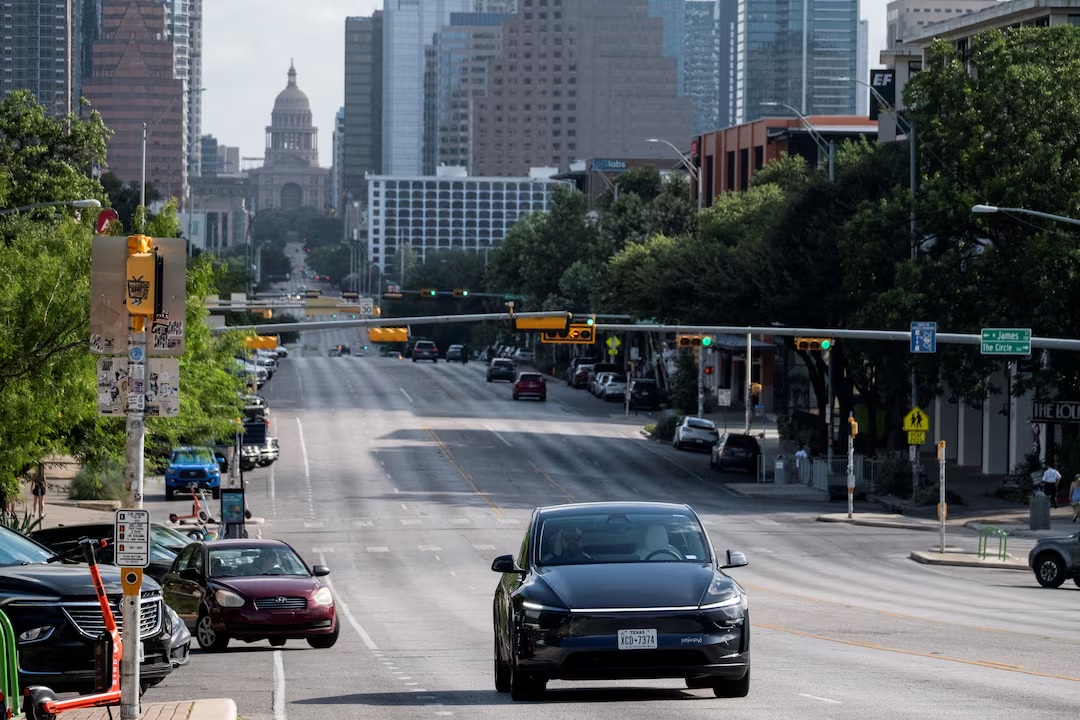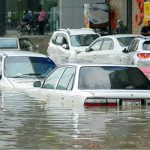Tesla plans to roll out a chauffeur-style ride-hailing service with human drivers in the San Francisco Bay Area, according to California regulators, contradicting earlier reports that the company would debut a robotaxi operation. The California Public Utilities Commission (CPUC) confirmed Friday that Tesla lacks the necessary permits to operate autonomous vehicles commercially and has not applied for them, meaning any initial service will rely on traditional human drivers.
The clarification comes just days after CEO Elon Musk told investors Tesla was securing regulatory approvals for robotaxis in multiple markets, including the Bay Area. While Tesla’s self-driving chief Ashok Elluswamy suggested a “robotaxi” service would launch with humans in the driver’s seat as an interim step, the CPUC emphasized that even safety-monitored autonomous rides remain off-limits without proper permits. Tesla reportedly informed regulators it will offer rides to employees’ friends and select public members under an existing charter-service permit.
The move follows Tesla’s limited robotaxi trial in Austin, Texas, where Model Y SUVs operated autonomously with safety monitors in the passenger seat. In California, however, Tesla holds only a DMV permit to test self-driving cars with safety drivers—not to transport paying passengers. To advance, Tesla would need CPUC approval for a pilot phase offering free autonomous rides before pursuing commercial deployment.
Notably, Tesla may still integrate its Full Self-Driving (Supervised) technology into the Bay Area service, as the system—which requires constant human oversight—doesn’t qualify as fully autonomous under state rules. The discrepancy highlights the gap between Tesla’s ambitious automation timeline and regulatory realities.
The development underscores the challenges Tesla faces in catching up to rivals like Waymo, which operates permitted robotaxi services in California. With Musk’s promise of a dedicated robotaxi unveiling in October, Tesla’s ability to navigate complex permitting processes will prove critical to its autonomous ambitions. For now, the Bay Area initiative serves as a cautious step toward that goal—with human drivers firmly in control.














